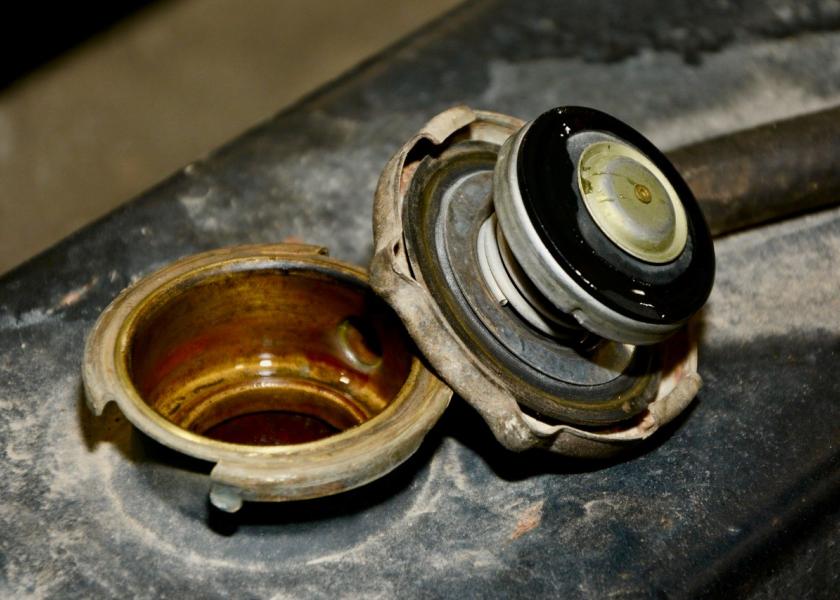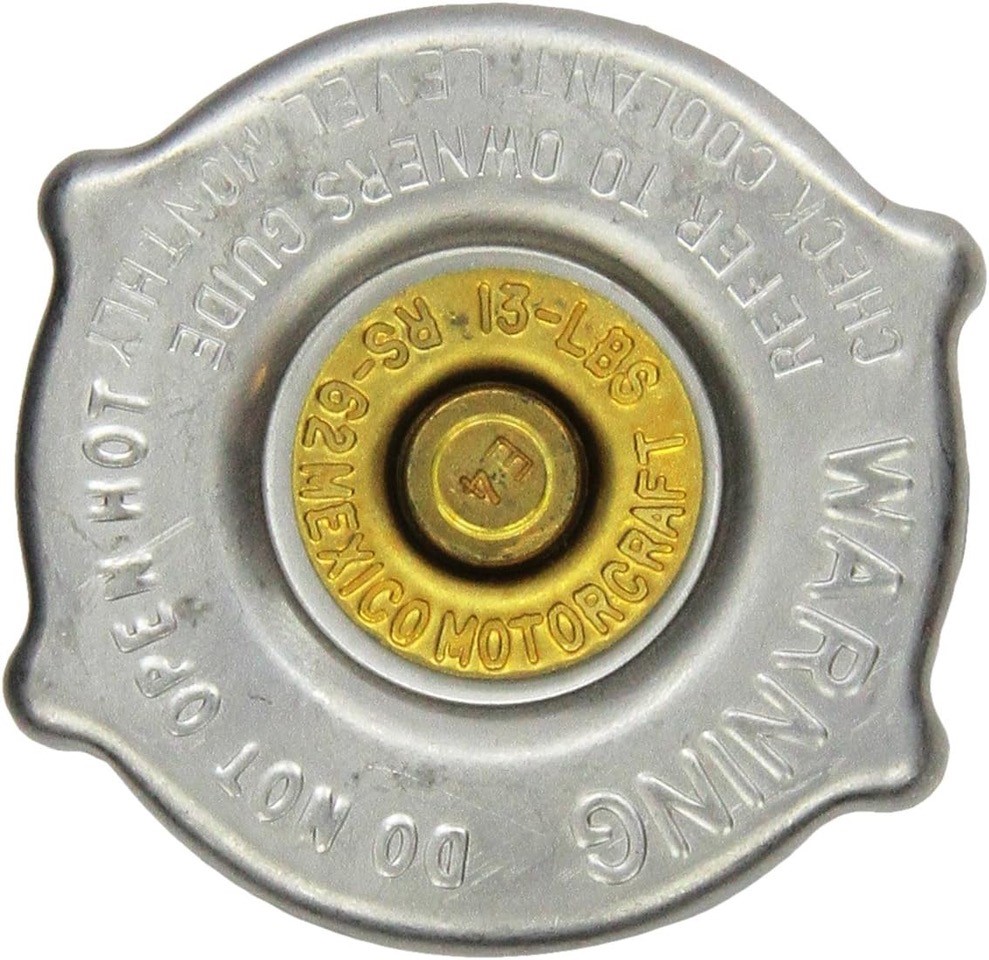A Potential Simple Fix for Overheating Engines

Symptom: An engine’s cooling system is overheating. The coolant level is low, but there are no visible leaks and no water in the engine crankcase to hint of water jacket or cylinder head problems.
Often overlooked cause: The radiator cap is not maintaining proper pressure. If the pressure relief spring in the cap becomes weak from age or exposure to extreme heat, or if the cap’s sealing gasket leaks, the cooling system cannot maintain adequate pressure.
Plain water boils at around 212 degrees F. Pressurizing the system increases the coolant’s boiling point 2 degrees to 3 degrees for each additional pound of pressure in the system.
If the radiator cap fails to maintain the prescribed pressure, the coolant boils at a lower temperature, and fluid is vented into the coolant recovery system.
There are rumors of stand-alone radiator cap pressure testers, but the only cap testers I’ve ever found were part of radiator pressure test kits, which cost from $40 to $200. A simple test for a faulty radiator cap is to simply replace the cap and see if that solves the problem.








